|
Harold Knutson
Harold Knutson (October 20, 1880 – August 21, 1953) was an American politician and journalist, who represented Minnesota in the United States House of Representatives from 1917 to 1949 as a member of the Republican Party. From 1919 to 1923 he was the Republican majority whip. Early life Knutson was born in Skien, in Telemark county, Norway. At the age of 6 he and his family moved to the United States. They initially settled in Chicago, Illinois, but later moved to Sherburne County, Minnesota. Journalist career Knutson became the editor for the '' St. Cloud Daily Journal-Press''. Later, he was president of the Northern Minnesota Editorial Association. U.S. House of Representatives From 1917 to 1949 he served as a Republican Party Congressman in the 65th, 66th, 67th, 68th, 69th, 70th, 71st, 72nd, 73rd, 74th, 75th, 76th, 77th, 78th, 79th, and 80th congresses. On April 5, 1917, he voted against declaring war on Germany. He served as the majority whip from ... [...More Info...] [...Related Items...] OR: [Wikipedia] [Google] [Baidu] |
Skien
Skien () is a city and municipality in Vestfold og Telemark county in Norway. In modern times it is regarded as part of the traditional region of Grenland, although historically it belonged to Grenmar/Skiensfjorden, while Grenland referred the Norsjø area and Bø. The administrative centre of the municipality is the city of Skien. Skien is also the capital of Vestfold og Telemark county. Skien is one of Norway's oldest cities, with an urban history dating back to the Middle Ages, and received privileges as a market town in 1358. From the 15th century, the city was governed by a 12-member council. The modern municipality of Skien was established on 1 January 1838 (see formannskapsdistrikt). The rural municipalities of Gjerpen and Solum were merged into the municipality of Skien on 1 January 1964. The conurbation of Porsgrunn/Skien is reckoned by Statistics Norway to be the seventh largest urban area in Norway, straddling an area of three municipalities: Skien municipality (abou ... [...More Info...] [...Related Items...] OR: [Wikipedia] [Google] [Baidu] |
Sherburne County
Sherburne County is a county in Central Minnesota. At the 2020 census, the population was 97,183. The county seat is Elk River. Sherburne County is included in the Minneapolis-St. Paul- Bloomington, MN- WI Metropolitan Statistical Area. History The Wisconsin Territory was established by the federal government effective 3 July 1836, and existed until its eastern portion was granted statehood (as Wisconsin) in 1848. Therefore, the federal government set up the Minnesota Territory effective March 3, 1849. The newly organized territorial legislature created nine counties across the territory in October of that year. One of those original counties, Benton, had its southern section partitioned off on 25 February 1856 to form a new county. It was named Sherburne, to recognize Moses Sherburne (1808-1868), a prominent area attorney, associate justice of the Supreme Court of the Minnesota Territory (1853-1857), who retired to the county and spent his final year of life there (in Orono ... [...More Info...] [...Related Items...] OR: [Wikipedia] [Google] [Baidu] |
76th United States Congress
The 76th United States Congress was a meeting of the legislative branch of the United States federal government, composed of the United States Senate and the United States House of Representatives. It met in Washington, DC from January 3, 1939, to January 3, 1941, during the seventh and eighth years of Franklin D. Roosevelt's presidency. The apportionment of seats in the House of Representatives was based on the Fifteenth Census of the United States in 1930. Both chambers had a Democratic majority - holding a supermajority in the Senate, but a greatly reduced majority in the House, thus losing the supermajority there. With President Roosevelt, the Democrats maintained an overall federal government trifecta. The 76th is also the most recent Congress to have held a third session. Major events * April 9, 1939: African-American singer Marian Anderson performs before 75,000 people at the Lincoln Memorial in Washington, D.C., after having been denied the use both of Constitu ... [...More Info...] [...Related Items...] OR: [Wikipedia] [Google] [Baidu] |
75th United States Congress
The 75th United States Congress was a meeting of the legislative branch of the United States federal government, composed of the United States Senate and the United States House of Representatives. It met in Washington, DC from January 3, 1937, to January 3, 1939, during the fifth and sixth years administration of U.S. President Franklin D. Roosevelt. (Because of the 20th amendment, starting in 1937 the new Presidential term began 17 days after that of the new Congress). The apportionment of seats in the House of Representatives was based on the Fifteenth United States Census, conducted in 1930. Both chambers had a Democratic supermajority, with the party increasing their majority in both the House and Senate, and with the reelection of President Roosevelt, maintained an overall federal government trifecta. This is the most recent Congress to feature a Democratic senate seat from the state of Kansas. Major events * January 20, 1937: President Franklin D. Roosevelt beg ... [...More Info...] [...Related Items...] OR: [Wikipedia] [Google] [Baidu] |
74th United States Congress
The 74th United States Congress was a meeting of the legislative branch of the United States federal government, composed of the United States Senate and the United States House of Representatives. It met in Washington, DC from January 3, 1935, to January 3, 1937, during the third and fourth years of Franklin D. Roosevelt's presidency. The apportionment of seats in the House of Representatives was based on the Fifteenth Census of the United States in 1930. The Democrats increased their majorities in both the House and Senate, resulting in a supermajority in both chambers, and along with President Franklin D. Roosevelt maintained an overall federal government trifecta. Major events * April 14, 1935: Dust Bowl: The great dust storm hit eastern New Mexico, Colorado, and western Oklahoma * May 6, 1935: Executive Order 7034 created the Works Progress Administration (WPA). * May 27, 1935: ''Schechter Poultry Corp. v. United States'': the U.S. Supreme Court declared the Nation ... [...More Info...] [...Related Items...] OR: [Wikipedia] [Google] [Baidu] |
73rd United States Congress
The 73rd United States Congress was a meeting of the legislative branch of the United States federal government, composed of the United States Senate and the United States House of Representatives. It met in Washington, D.C. from March 4, 1933, to January 3, 1935, during the first two years of Franklin D. Roosevelt's presidency. Because of the newly ratified 20th Amendment, the duration of this Congress, along with the term of office of those elected to it, was shortened by days. The apportionment of seats in the House of Representatives was based on the Fifteenth Census of the United States in 1930. The Democrats greatly increased their majority in the House, and won control of the Senate for the first time since the 65th Congress in 1917. With Franklin D. Roosevelt being sworn in as President on March 4, 1933, this gave the Democrats an overall federal government trifecta, also for the first time since the 65th Congress. Major events *March 4, 1933: Franklin D. Roosevel ... [...More Info...] [...Related Items...] OR: [Wikipedia] [Google] [Baidu] |
72nd United States Congress
The 72nd United States Congress was a meeting of the legislative branch of the United States federal government, consisting of the United States Senate and the United States House of Representatives. It met in Washington, D.C. from March 4, 1931, to March 4, 1933, during the last two years of Herbert Hoover's presidency. The apportionment of seats in this House of Representatives was based on the thirteenth decennial census of the United States in 1910. The Senate had a Republican majority. The House started with a very slim Republican majority, but by the time it first met in December 1931, the Democrats had gained a majority through special elections. Major events * Ongoing: Great Depression * January 12, 1932: Hattie Wyatt Caraway of Arkansas became the first woman elected to the United States Senate. (Rebecca Latimer Felton of Georgia had been appointed to fill a vacancy in 1922; the 87-year-old Felton served one day as a senator.) Caraway had won a special election t ... [...More Info...] [...Related Items...] OR: [Wikipedia] [Google] [Baidu] |
71st United States Congress
The 71st United States Congress was a meeting of the legislature of the United States federal government, consisting of the United States Senate and the United States House of Representatives. It met in Washington, D.C. from March 4, 1929, to March 4, 1931, during the first two years of Herbert Hoover's presidency. The apportionment of seats in the House of Representatives was based on the thirteenth decennial census of the United States in 1910. Both the House and Senate remained under Republican control, with increased majorities in each chamber. And with Herbert Hoover being sworn in as President on March 4, 1929, the Republicans maintained an overall federal government trifecta. The 71st Congress also featured the most special elections of any Congress with 27 in all. Major events * March 4, 1929: Herbert C. Hoover became President of the United States * October 24, 1929 – October 29, 1929: Wall Street Crash of 1929: Three multi-digit percentage drops wipe out more t ... [...More Info...] [...Related Items...] OR: [Wikipedia] [Google] [Baidu] |
70th United States Congress
The 70th United States Congress was a meeting of the legislative branch of the United States federal government, consisting of the United States Senate and the United States House of Representatives. It met in Washington, D.C. from March 4, 1927, to March 4, 1929, during the last two years of Calvin Coolidge's presidency. The apportionment of seats in the House of Representatives was based on the thirteenth decennial census of the United States in 1910. Both chambers had a Republican majority - albeit reduced from the previous Congress - and along with President Coolidge, the Republicans maintained an overall federal government trifecta. Major events * November 6, 1928: U.S. Senate elections and U.S. House elections * This was the last Congress to be exclusively white and the last to not have a single black member of Congress in either chamber. Major legislation * March 10, 1928: Settlement of War Claims Act * May 15, 1928: Flood Control Act of 1928 (Jones–Reid Act) ... [...More Info...] [...Related Items...] OR: [Wikipedia] [Google] [Baidu] |
69th United States Congress
The 69th United States Congress was a meeting of the legislative branch of the United States federal government, consisting of the United States Senate and the United States House of Representatives. It met in Washington, D.C. from March 4, 1925, to March 4, 1927, during the third and fourth years of Calvin Coolidge's presidency. The apportionment of seats in the House of Representatives was based on the thirteenth decennial census of the United States in 1910. The Republicans made modest gains in maintaining their majority in both chambers, and with the election of President Calvin Coolidge to his own term in office, the Republicans maintained an overall federal government trifecta. Major events A special session of the Senate was called by President Coolidge on February 14, 1925. * Impeachment of Judge George W. English — On April 1, 1926, the House of Representatives impeached Judge George W. English of the United States District Court for the Eastern District of Ill ... [...More Info...] [...Related Items...] OR: [Wikipedia] [Google] [Baidu] |
68th United States Congress
The 68th United States Congress was a meeting of the legislative branch of the United States federal government, consisting of the United States Senate and the United States House of Representatives. It met in Washington, D.C. from March 4, 1923, to March 4, 1925, during the last months of Warren G. Harding's presidency, and the first years of the administration of his successor, Calvin Coolidge. The apportionment of seats in the House of Representatives was based on the thirteenth decennial census of the United States in 1910. Both chambers maintained a Republican majority - albeit greatly reduced from the previous Congress and with losing supermajority status in the House - and along with President Harding, the Republicans maintained an overall federal government trifecta. Major events *August 2, 1923 – President Warren Harding died. Vice President Calvin Coolidge became President of the United States Major legislation * April 26, 1924: Seed and Feed Loan Act * May 19, ... [...More Info...] [...Related Items...] OR: [Wikipedia] [Google] [Baidu] |
67th United States Congress
The 67th United States Congress was a meeting of the legislative branch of the United States federal government, consisting of the United States Senate and the United States House of Representatives. It met in Washington, D.C. from March 4, 1921, to March 4, 1923, during the first two years of Warren Harding's presidency. The apportionment of seats in the House of Representatives was based on the Thirteenth Census of the United States in 1910. The Republicans increased their majorities in both chambers - gaining supermajority status in the House - and with Warren G. Harding being sworn in a U.S. President, this gave the Republicans an overall federal government trifecta for the first time since the 61st Congress in 1909. This was the first Congress to feature a woman Senator appointed in the United States Senate, Rebecca L. Felton of Georgia, who held in office for one day. This is the most recent time Republicans had a 2/3rds supermajority in the House of Representatives. ... [...More Info...] [...Related Items...] OR: [Wikipedia] [Google] [Baidu] |
.jpg)

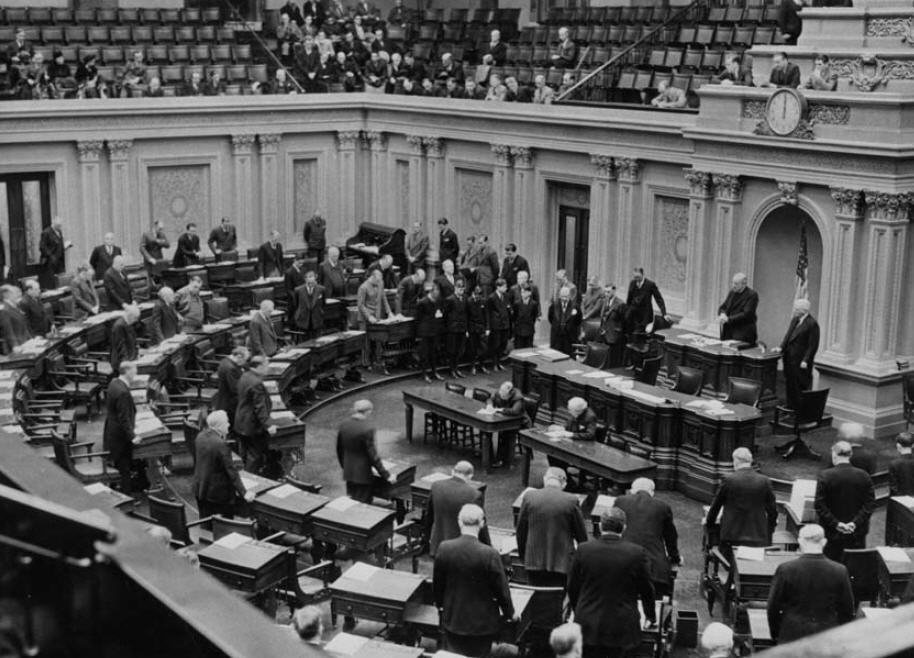

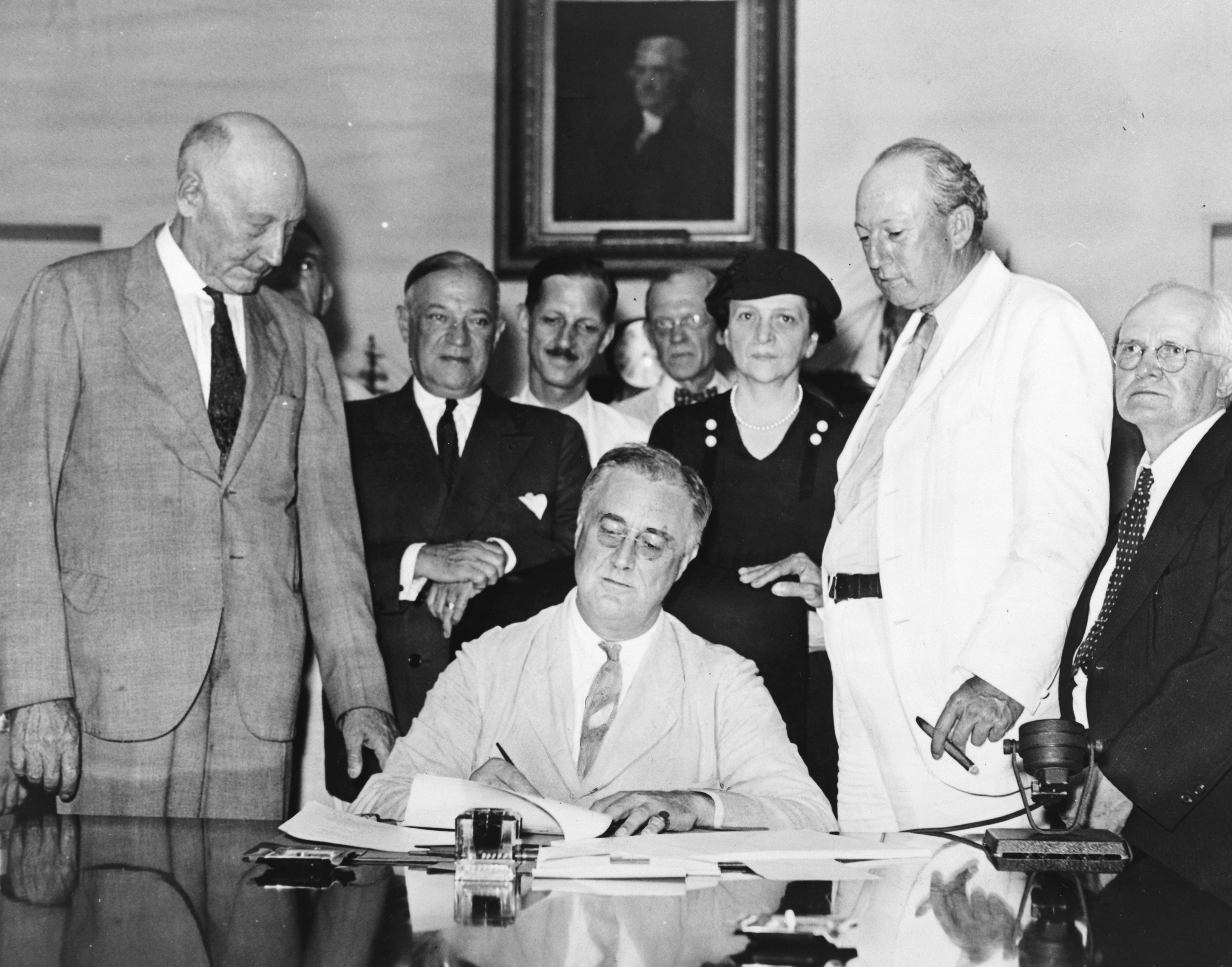

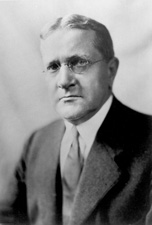
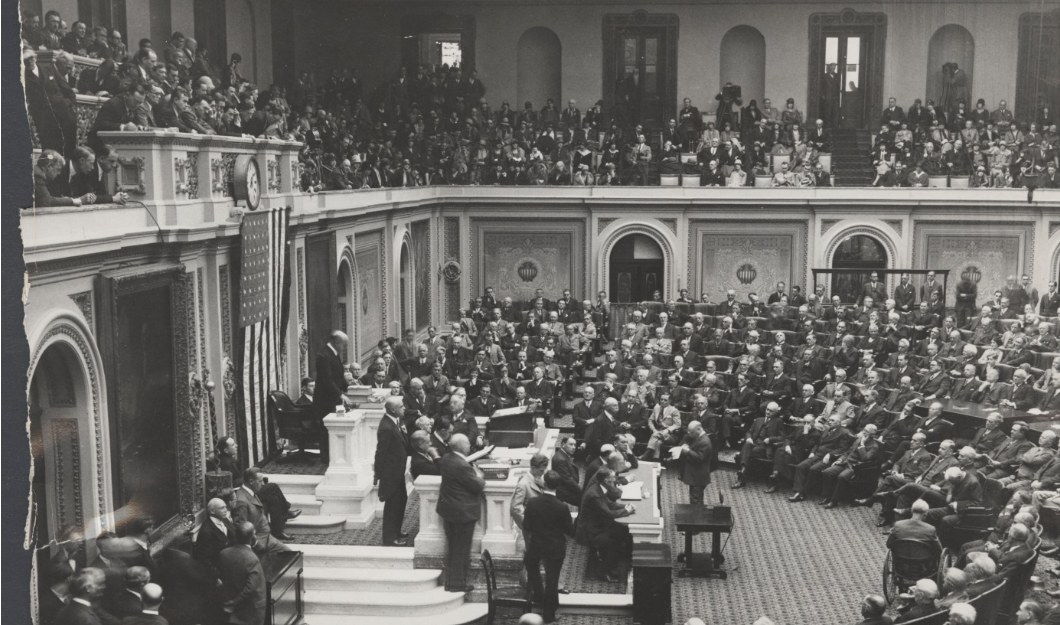
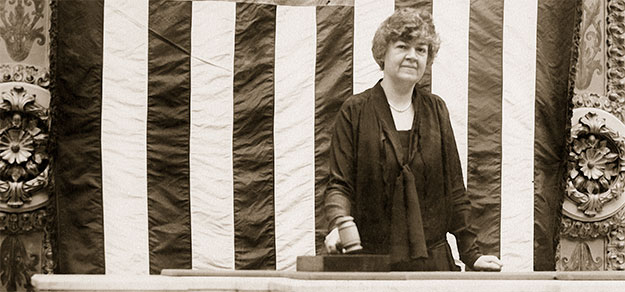
.jpg)